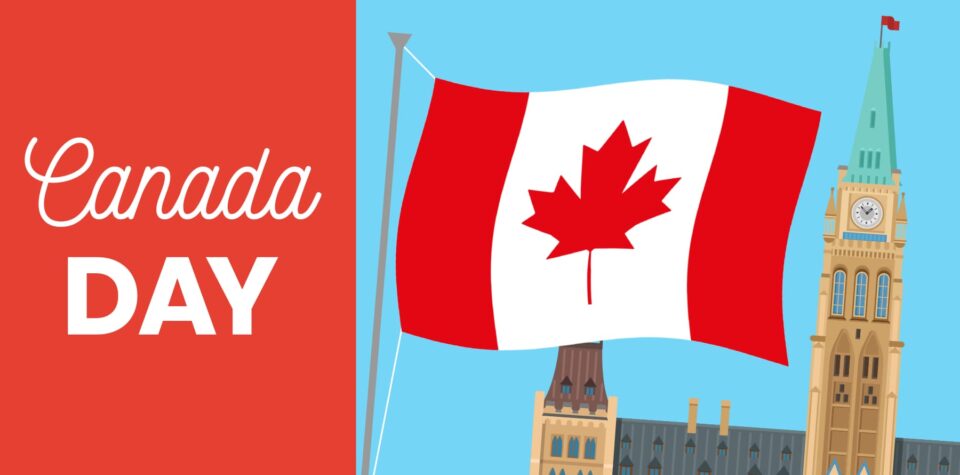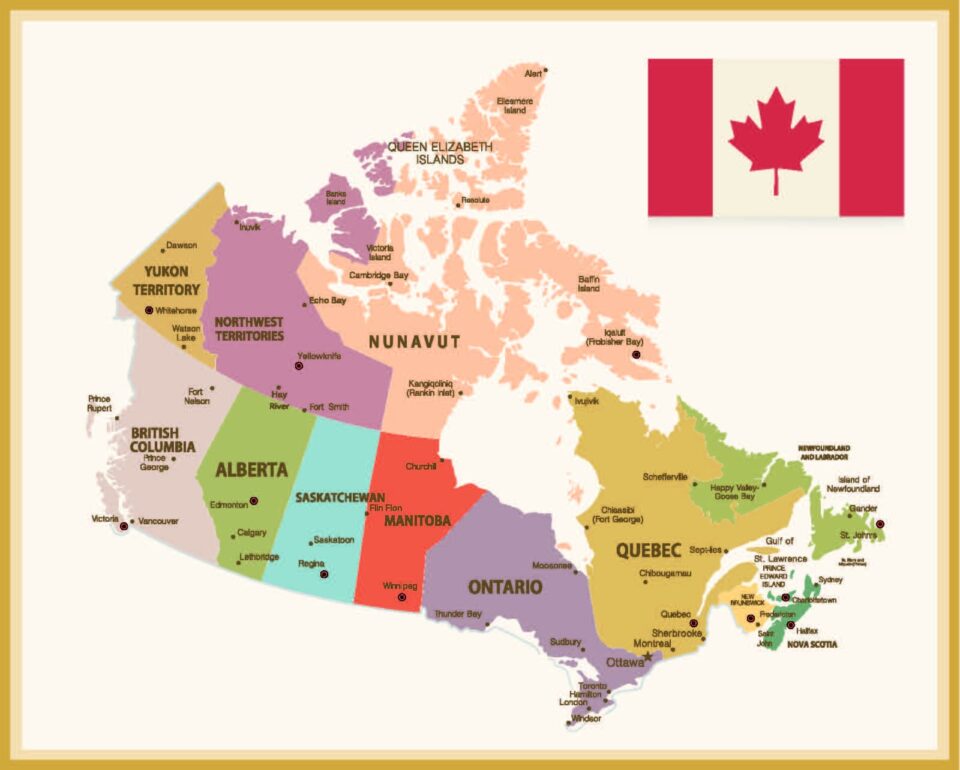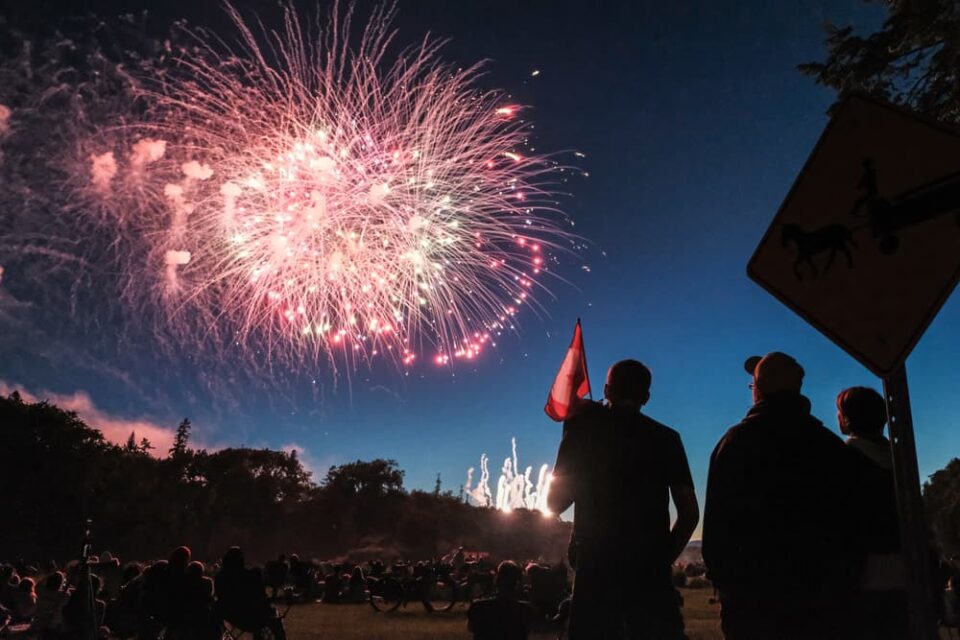
Canada Day
Canada Day takes place every year on July 1. It offers a moment for Canadians all over the world to show pride in their nation’s history, culture, and achievements. From coast to coast, the country’s birthday is marked with colorful parades, elaborate fireworks, and the singing of the national anthem, “O Canada!”
What Is Canada Day?

Canada Day celebrates the creation of Canada. In the 1800s, the region that now makes up the country was split into many different territories. There were sovereign indigenous nations as well as several British territories with separate governments.
On July 1, 1867, the British Parliament passed the British North America Act, consolidating three territories into the Dominion of Canada and paving the way for more territories to join them, which they did over time. (Until 1982, Canada Day was known as “Dominion Day.”)
Indigenous nations were left out of the process in ways Canada is still grappling with, but the act created what eventually became the modern Canadian nation.
Canada Day Celebrations

Throughout Canadian history, July 1 has been an important date. In 1868, Canada’s first governor proclaimed that July 1 should be celebrated by all people in the Dominion. The holiday was made formal as “Dominion Day” in 1879 by Canada’s parliament. In the early 1900s, Canada’s federal government inaugurated many buildings and monuments on July 1, and it began organizing large celebrations in the 1950s and 1960s, a tradition that continues today.
In Ottawa, Canada’s capital, parties take place throughout the city. Parliament Hill, the seat of the Canadian government, usually hosts the biggest festivities, with tens of thousands of people coming by from mid-morning until late at night to watch performances by Canadian artists, hear speeches from dignitaries, and enjoy an enormous nighttime fireworks display.
In 2014, the week following Canada Day was designated Canada History Week. It’s designed to encourage Canadians to learn about and honor their history by visiting museums, talking to veterans, and touring national historic sites.
Other Canadian Holidays
While Canada Day might be the best known of the country’s holidays, other important festivities leading up to it begin eleven days earlier.
The first is National Indigenous Peoples Day. The date of this holiday was chosen to coincide with the summer solstice, which falls around June 21, because historically many Indigenous groups have chosen the solstice to celebrate their heritage, culture, and traditions. On this day, Canadians and visitors are encouraged to learn more about the Inuit, Métis, and First Nations peoples and how important they are to the country’s culture and history.
On June 24, French Canadians have their own holiday. Known as Saint-Jean-Baptiste Day, it honors French history and culture in Canada. Filled with parades and parties, it is sometimes called the Fête Nationale du Québec. Québec is the only Canadian province in which French is the only official language.
On June 27, the country observes Canadian Multiculturalism Day, a holiday that honors the contributions of Canada’s many cultural groups. Created in 2002, it is a day for people to appreciate diversity by learning more about the ethnicities, languages, and religions that make up Canadian society.
Together Time
There are many ways to celebrate Canada, but we love to do it through food! Check out our recipe for Canadian Maple Butter Tarts and have a sweet Canada Day!
